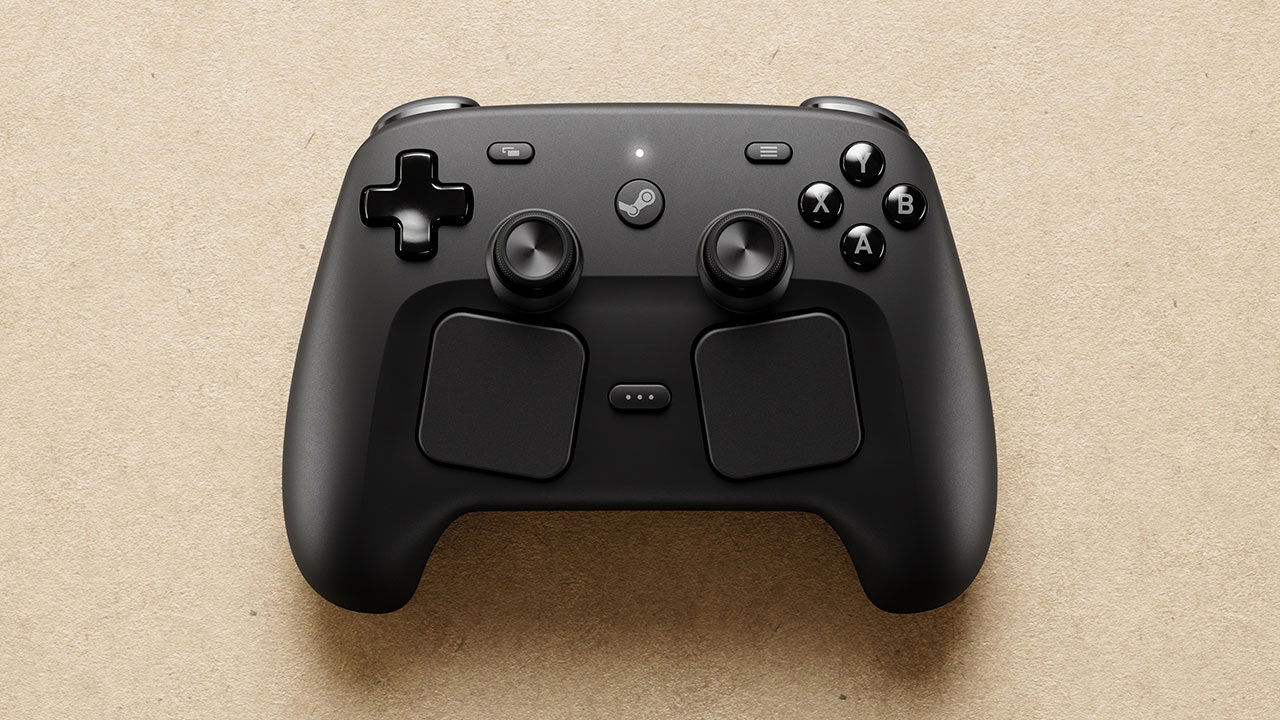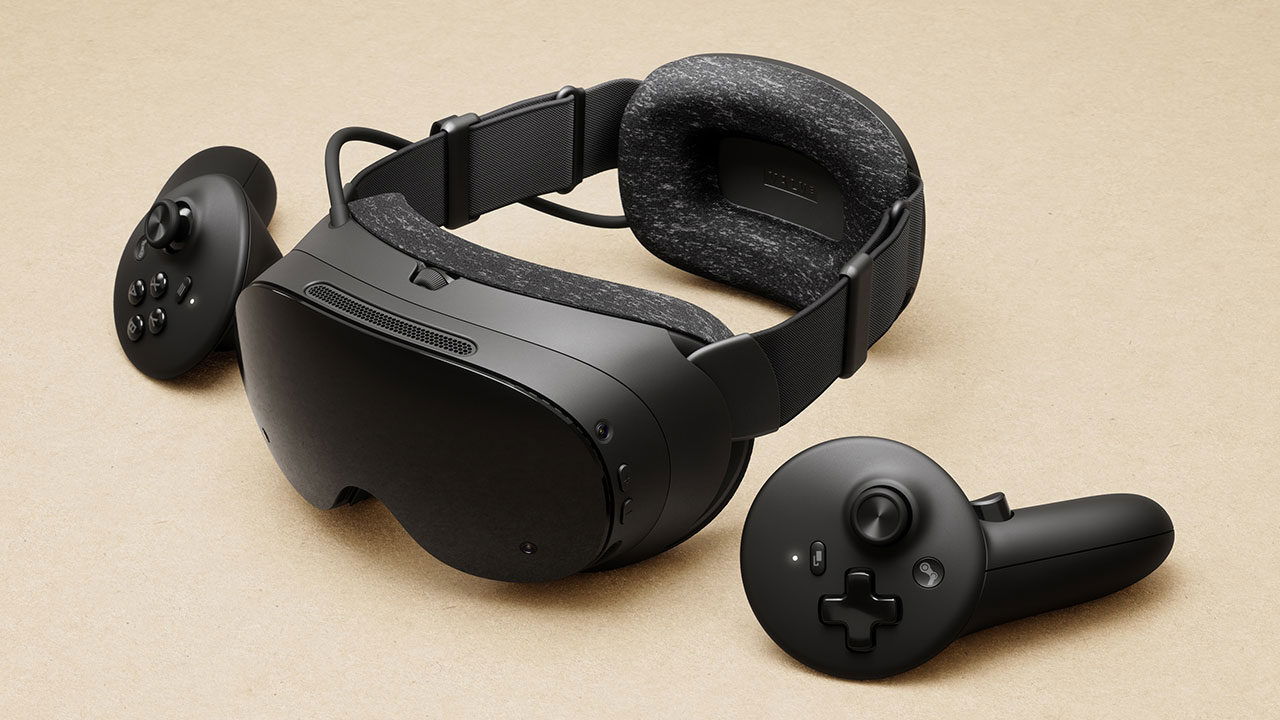Valve is doubling down on hardware with three new devices designed to expand the Steam ecosystem beyond the Steam Deck.
With the wild success of the Steam Deck, it seems Valve is dipping its toes into more gaming hardware and expanding its lineup with three new devices launching early next year. The company behind the Steam Deck and Half-Life announced today that Steam Controller, Steam Machine and Steam Frame will give PC gamers more ways to access their existing game libraries.
“We’ve been very happy with the success of the Steam Deck,” said the president of Valve, Gabe Newell, “and PC gamers have continued asking for more ways to play the great titles in their Steam libraries. Our work over the years on other hardware, and more importantly on SteamOS, has enabled Steam Controller, Steam Machine and Steam Frame to do just that.”
There is no denying that the Valve Steam Deck was a major shakeup in the PC gaming landscape, pushing more hardware brands to enter the market. Now, Valve is looking to expand further into hardware with three new devices that will all run SteamOS and work together as part of Valve’s ecosystem while maintaining its open-platform approach.
Valve Steam Machine

The first device on the docket is the new Steam Machine, designed for living room gaming with a compact, six-inch square build. It features a semi-custom AMD Zen 4 processor with six cores running up to 4.8 GHz, paired with an AMD RDNA3 GPU with 28 compute units. Valve says it delivers more than six times the performance of the Steam Deck and supports 4K gaming at 60 frames per second using AMD’s FidelityFX Super Resolution technology. The system ships with 512 GB or 2 TB of storage, includes a microSD slot for expansion, and comes with 16 GB of DDR5 and 8 GB of GDDR6 VRAM.
At first glance, this appears to be a strong entry in the console space, capable of challenging current-generation systems like the Xbox Series X and the PlayStation 5. Spec-wise, it offers a relatively robust PC setup that should handle modern games well, though it remains to be seen how AAA titles will perform on the system—or how the RDNA3 GPU will manage games that sometimes struggle on AMD hardware. Still, there’s plenty to be excited about with this system, and we’re eager to see what it can deliver in terms of performance.
Valve Steam Controller

The new Steam Controller borrows design elements from the Steam Deck and concepts from the original Steam Controller, but works across multiple platforms, including Windows, Mac, Linux and mobile devices running Steam Link. It features magnetic thumbsticks utilizing TMR technology for enhanced precision, dual trackpads with haptic feedback, and four programmable grip buttons.
Battery life reaches up to 35 hours on a single charge. The controller connects via a proprietary wireless puck that supports up to four controllers simultaneously, with approximately 8 ms of latency. Additionally, Bluetooth and wired USB options are available.
Valve Steam Frame

One of the more surprising announcements is the Steam Frame, a new standalone VR headset that looks set to compete with Meta’s Quest line. It’s powered by Qualcomm’s Snapdragon 8 Gen 3 processor and weighs 185 grams for the core unit or 440 grams with the included head strap and battery. Each eye gets a 2,160-by-2,160 LCD display running between 72 and 144 Hz, with a field of view of 110 degrees. Eye tracking enables foveated streaming, which concentrates visual detail where users look to improve performance. A wireless adapter allows the headset to stream games from a PC over Wi-Fi 6E, while the onboard Snapdragon chip handles standalone VR experiences.
All three products will ship across North America, Europe, the United Kingdom and Australia, as well as Japan, South Korea, Hong Kong and Taiwan through distributor Komodo. Valve plans to announce specific launch dates and pricing details after the start of 2026. Gamers can add the devices to their Steam wishlists now, and Valve has launched a Steam Hardware blog to share updates ahead of release, although no pricing information was available at the time of writing




